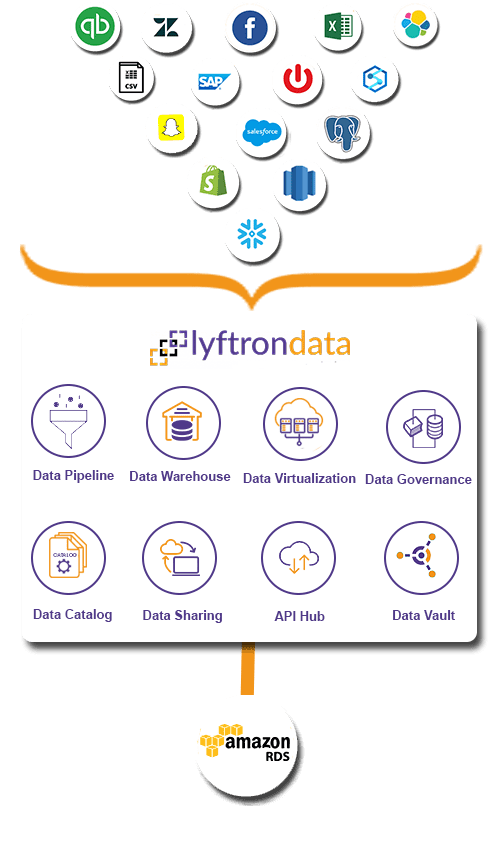4 Simple Steps for
Migrating to
Amazon RDS with zero coding


Create connections
between data
sources and Amazon RDS


Prepare a source to the Amazon RDS pipeline by selecting tables in bulk


Assemble a workflow and schedule it to start the Amazon RDS migration process

Share your data
with third-party platforms
over API Hub

Simple and Intuitive
Switch to Amazon RDS like a boss

High-Speed Performance
Enjoy Amazon RDS high-speed performance with codeless data environment

Prebuilt Transformation
Say goodbye to tedious manual tasks with prebuilt transformation templates

Monitoring Data
Monitor your Amazon RDS data frequently




